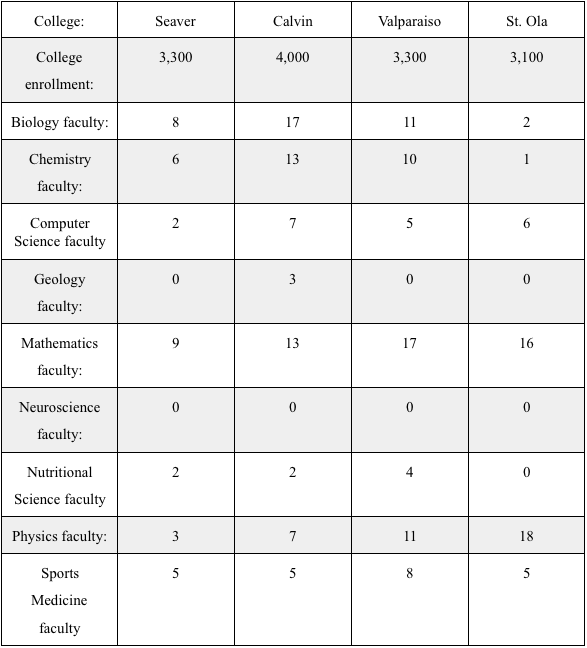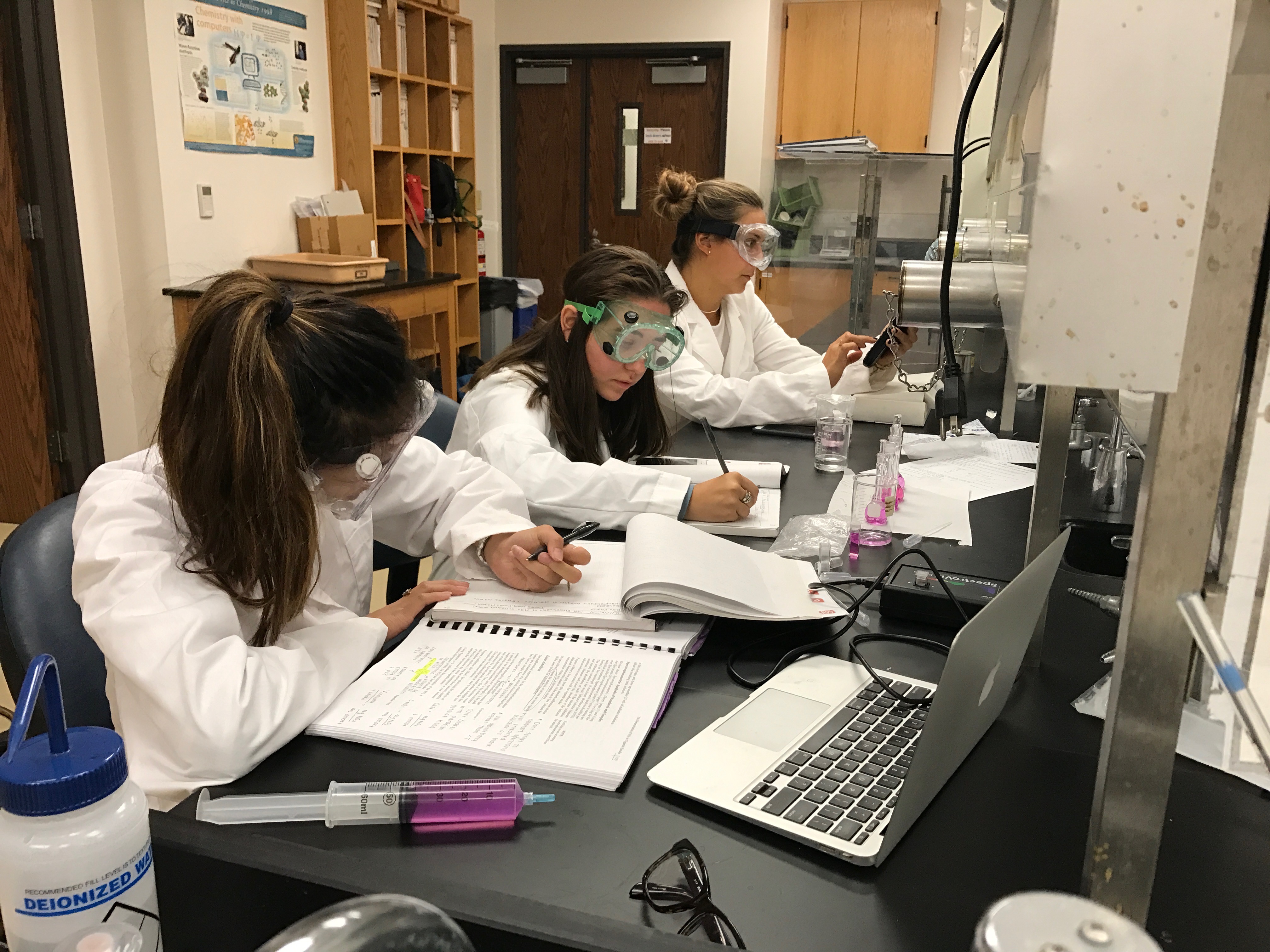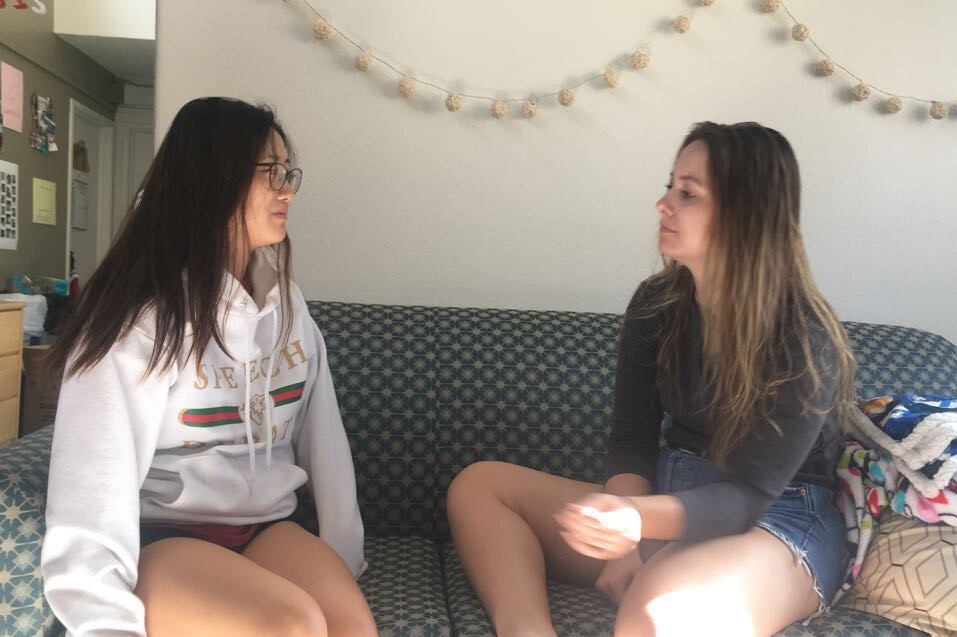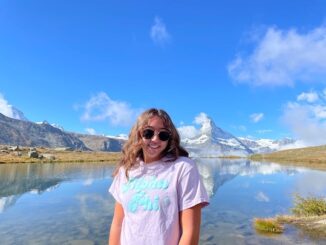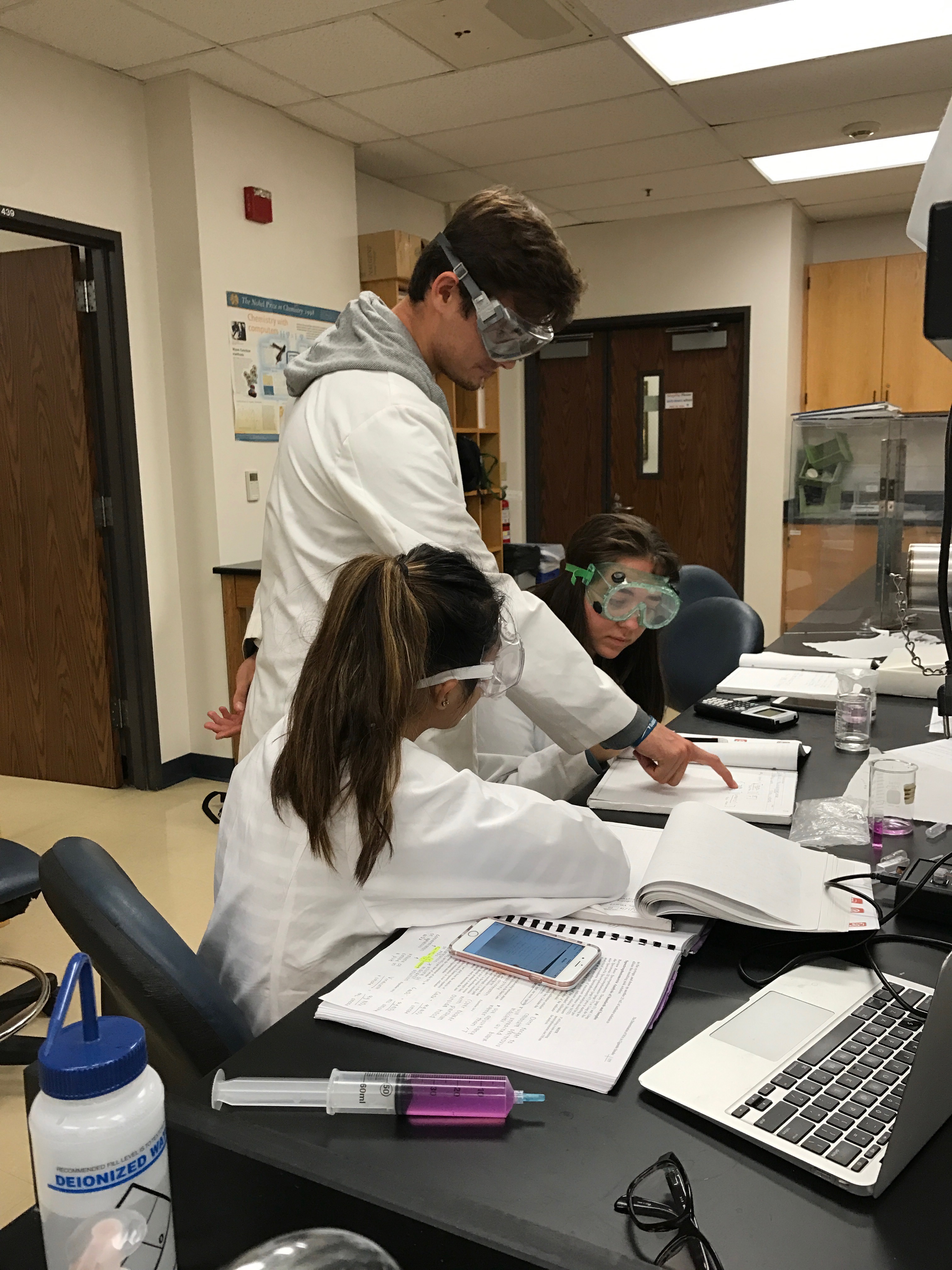
Seaver College, the undergraduate college of Pepperdine University, is known for its small classes and liberal arts education.
But given the science, technology, engineering and mathematics heavy nature of future jobs, is Seaver’s current science program meeting student’s needs?
Seaver College enrolls approximately 3,300 baccalaureate students, and offers 45 majors and 37 minors in traditional liberal arts areas. The university offers eight natural science majors and four other STEM-related majors, serving 629 students.
The general education program at Seaver requires students to take 19 courses that total 63 to 64 units, but laboratory science (4 units) and mathematics (3-4 units) are the only required STEM courses.
“We are very weak compared with other liberal arts institutions,” said Stan Warford, a computer science professor in Seaver College. “Our STEM program does not have the financial support that it has in other institutions.”
In general, the sciences are weakly represented at Seaver College compared to the peer schools the Seaver Dean’s office has designated, which are Baylor, Calvin, Loyola Marymount, Macalester, Occidental, Santa Clara, Southern Methodist, St. Olaf, San Diego, Valparaiso and Wheaton, all liberal art colleges that have similar enrollment and course curriculum to Seaver.
Map of peer institution
This map shows the locations of Seaver’s 11 peer institutions.
This chart compares Seaver’s STEM faculty with faculty at three peer universities: Calvin, Valparaiso and St. Olaf.
The core science majors in the peer institutions are biology, chemistry, computer science, mathematics and physics. Less common but represented in multiple schools are geology, neuroscience and sports medicine/kinesiology. The profile of the Natural Science Division at Seaver College is out of balance compared with these institutions. For example, in the core science majors, Valparaiso, which has the same enrollment as Seaver, has 37 percent more biology faculty, 67 percent more chemistry faculty, 150 percent more computer science faculty, 89 percent more math faculty and 267 percent more physics faculty.
Frank Garcia, a 20-year-old junior computer science/math major, said he knows this is a small school that cannot have as many options as others, but he said it would be nice to have more STEM classes.
Rodney Honeycutt, divisional dean of the Natural Science Division and a biology professor, did does respond to requests for interviews.
“It’s important for Pepperdine to build its science programs,” said Micah Benn, 20, a junior computer science/math major in Seaver College. “It can’t depend on its liberal art prestige forever.”
Claire Zhu, 19, sophomore computer science/math major, said she think the professors in computer science are very responsible and helpful, but the major options are too limited. She found that Pepperdine not only does not offer a CS major but also no statistics major and she’s very disappointed about that.
One weakness: No full computer science major
Seaver College does not have a major in computer science but two joint majors, one is computer science/math that has an enrollment of 44, and another is computer science/philosophy that has one student enrolled.
Warford agrees that Seaver’s current curriculum will affect the overall enrollment when students choose universities.
“When I try to get more support for computer science, they always say ‘well, you don’t have the enrollment,’” Warford said. “I say, ‘look, we don’t have enrollment because when students look at our program on the catalog, they see there are small numbers, so they don’t come.’ But, I just still cannot get the support.”
Warford said there are only two professors in computer science: himself and Professor Bradley E. Cupp. He is the only tenure-track professor.
Warford said he is past retirement age. Cupp regularly teaches five of the courses in the major and two service courses, one for the Natural Science Division and one for the Business Administration Division. He currently teaches five courses per semester with one duplicate section, which equates to seven different class preparations per year. He also manages the computer lab, including maintaining software and hardware.
“The program as it currently stands is not sustainable,” Warford said.
One strength: Sports medicine is busting at the seams
Sports medicine, Seaver’s most popular science major with 164 students enrolled, still faces the problem of insufficient tenure-track faculty.
“There are four tenure-track professors and three full-time visiting professors in sports medicine,” Sports Medicine Professor Holden S. MacRae said.
MacRae said Seaver used to be one of the top three programs in the U.S. for sports medicine. But today the are under-resourced in terms of faculty and lab space given the number of students they serve.
“This is a very popular major because it prepares the students very well for whether they are going into any of the health professions or professional schools, or fitness or other businesses,” MacRae. “We have a high demand from the students and we still want to deliver a quality education and do it as well as we’ve always done it. But it’s very hard to do when you have the students number together with insufficient tenure-track faculty.”
The program has a high record for getting students into medical school, MacRae said. About 30 percent of the sports medicine majors apply for medical school and most get in on the first try, MacRae said, their average percentage beings in the high 80s. Almost all eventually get in.
Seaver deans praise the science programs; students share their pros and cons
Seaver College Dean Michael Feltner, a sports medicine professor, praised Seaver’s science programs and denied Seaver has issues that keep its science program from expanding. He said sports medicine was the strongest science major at Seaver.
“Seaver College science programs are exceptional in quality and they produce outstanding graduates,” Feltner said. “Natural Science academic programs are a bright light at Seaver College and contribute significantly to the college’s success. The division’s academic programs are beyond strong.”
Kendra Killpatrick, a math professor and associate dean of Seaver College, said Seaver’s current curriculum is comprehensive enough, and considering the scale of the school, the current science program meet the students’ needs.
Killpatrick said she believes the Natural Science Division in Seaver is very strong. She pointed out the undergraduate research program and numerous opportunities for students to get involved in real research and publish in peer-reviewed journals.
Biology majors Dani Villaruz, Chantal Laing and Moorea Maguire are writing their lab reports (Photo courtesy Wenting He).
“As we hire faculties, we are looking for people who don’t necessarily fit fully into one major, but across over some of these boundaries, I think that will make us stronger and more attractive to students,” she said.
JingYi Chen, a junior biology major and international student from China, said she loves the small classes at Seaver and that contributes to the high quality of teaching and the close relationships between students and professors. She also loves the opportunities to do real research that give students the chance to gain experience before graduate school.
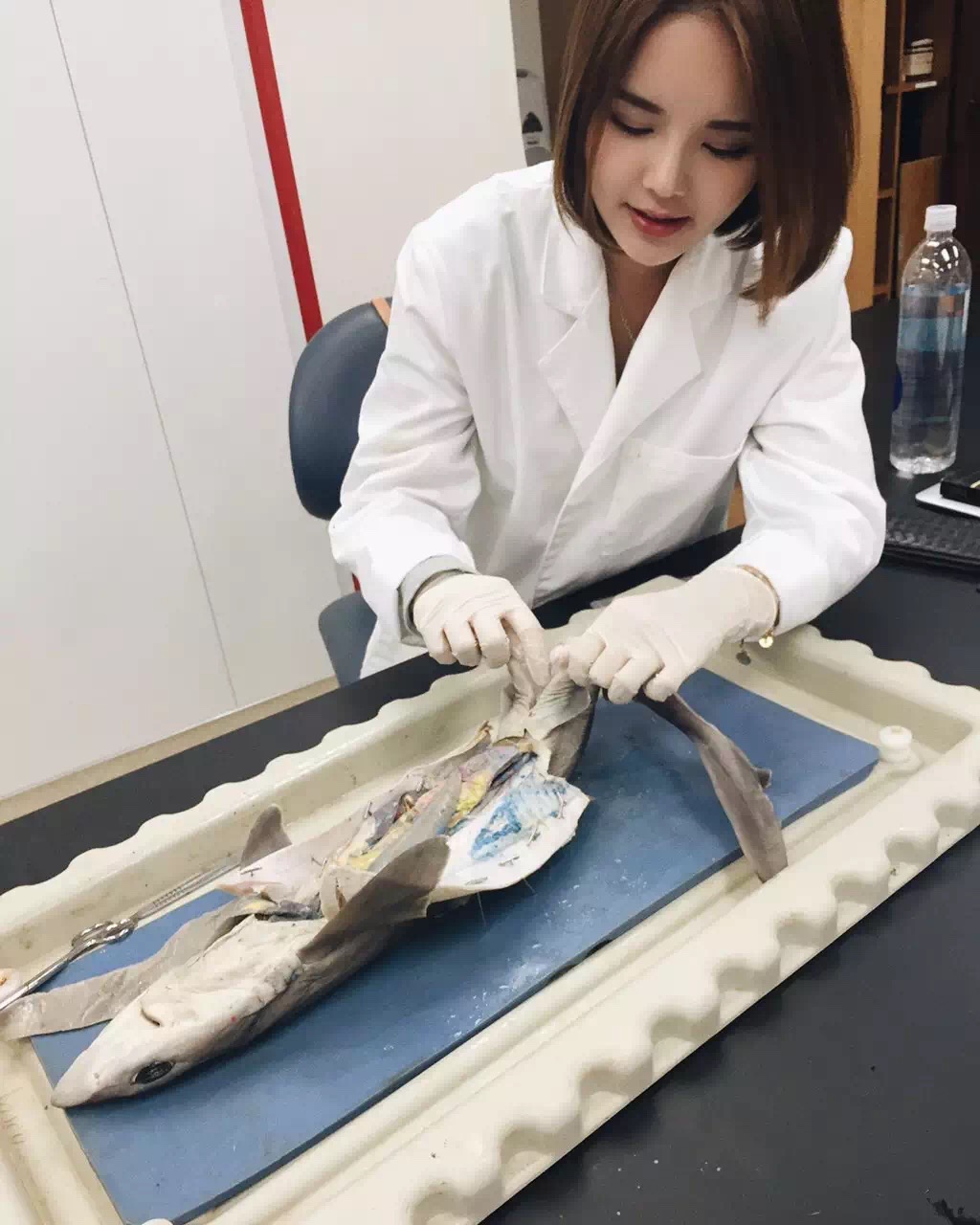
Hannah Cooper, a junior nutritional science major, said she likes her major and the opportunity to fully participate given small classes. However, she said she would like to have more faculty and equipment in the Natural Science Division.
Lee Kats, a biology professor, vice provost for research and strategic initiatives and associate dean for research, said the college needed to be loyal to its liberal-arts roots.
“The best data I have for that is speaking with our alumnus who are now physicians or dentists or college professors or researchers, almost everyone talks about how well they feel they were prepared for that next step,” Kats said.
Yuanxi Cao, 20, a junior international student majoring in integrated marketing communication, agreed that while Pepperdine’s science offerings weren’t strong, she wasn’t sure that was a problem. She said instead of spending money on expanding the science programs, Pepperdine should use that money to make the liberal-arts offerings stronger and more competitive.
Kats said the ranking for Pepperdine’s natural science program is behind other schools because Pepperdine does not have master’s and doctoral degrees in any natural sciences.
“But when you go to Google scholar, you’ll see how well cited faculty members are,” Kats said. “I recently did this, comparing four biologists at Pepperdine with four biologists at UCLA, chosen at random, and I looked at the number of times their papers were cited over the last five to 10 years, and the Pepperdine professors were cited about 700 times more. Those are the kinds of metrics we don’t hear enough about.”
Kats thinks Seaver officials need to brag more about its faculty, students, scholarships and research, and the opportunities the institution offers in terms of internships, international programs, undergraduate research and community services.
Fanghui Lu completed this story in Dr. Christina Littlefield’s fall 2016 Jour 241 class.

